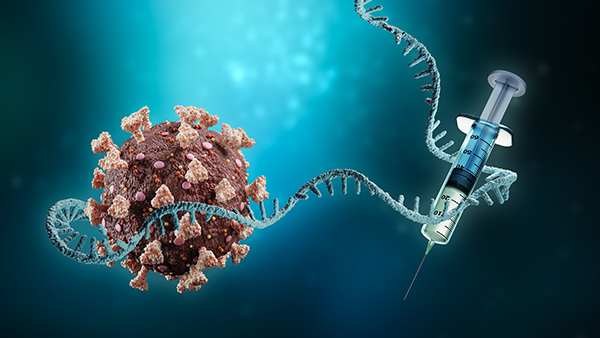This past February, my colleague Julia Edelstein brought an alarming idea to one of our weekly pitch meetings. Half of women in the U.S. have dense breasts (a normal condition in which the breast has more glandular or connective tissue than fatty tissue), and for them, standard mammography technology can be much less accurate — prone to missing signs of cancer and yielding false negatives. For this story, reporter Dyan Neary spoke to two dozen women across the country whose dense breast tissue had obscured the presence of cancer on regular mammograms for years, often until the disease had spread too far to effectively control. In many cases, it was the women themselves who, upon realizing something was wrong, had to push their doctors for more information or to receive further examination. “I had done everything right. I’ve done everything I was supposed to do,” one of these women told Dyan. “It was devastating knowing that the cancer was growing the entire time.” |
|
|





